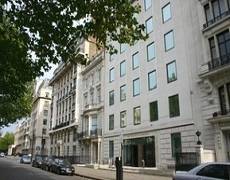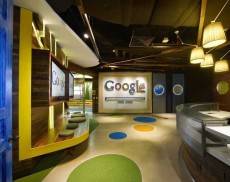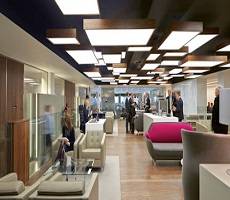March 18, 2014
RIBA submits plans for new offices near its landmark Art Deco HQ
The Royal Institute of British Architects (RIBA) has submitted a planning application for the creation of new high-quality new offices near its London headquarters. 76 Portland Place, London W1, which currently houses the Institute of Physics is being designed by a team led by award-winning architects Theis and Khan and is next door but one to RIBA’s Art Deco landmark building at 66 Portland Place. Built in 1958, it was designed by Howard V Lobb and Partners and had a ground floor extension added in the mid-1990s. The planning application includes the complete refurbishment and alterations of the existing office building to create office spaces and meeting rooms for around 180 staff – located over five floors; including first to sixth in the main building and first and second in the mews building. More →

























March 18, 2014
What the UK regional divide can teach us about the way we design offices
by Mark Eltringham • Comment, Facilities management, Workplace design
More →